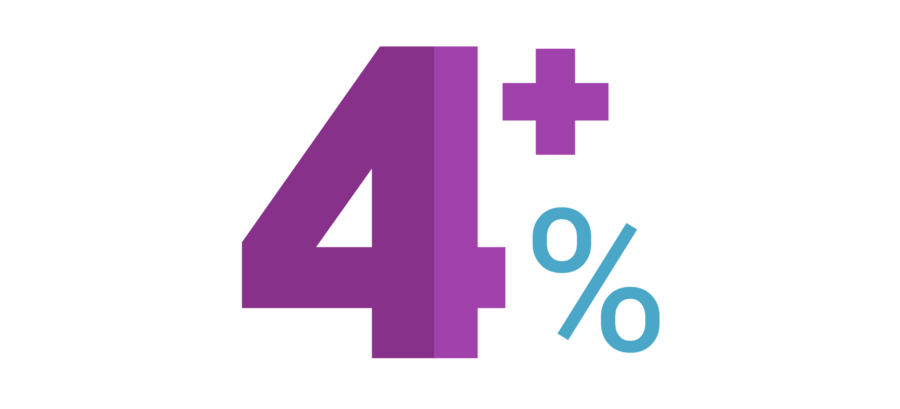
Disney's Visibility Remains Low But Long-term Outlook Appears Stable
On March 12, we downgraded Walt Disney's (DIS) Dividend Safety Score from Very Safe to Safe.
We believed the coronavirus could threaten Disney's credit rating and increase pressure on management to pay down debt as cash flow slumped across Disney's theme parks and studio films.
As we discussed, the coronavirus-related demand shock came at a less than ideal time as only a year ago Disney closed its $71 billion acquisition of 21st Century Fox, doubling its leverage in the process.
Although only a few weeks have passed since our last note and Disney's stock price has actually increased slightly since then, a lot has changed:
We believed the coronavirus could threaten Disney's credit rating and increase pressure on management to pay down debt as cash flow slumped across Disney's theme parks and studio films.
As we discussed, the coronavirus-related demand shock came at a less than ideal time as only a year ago Disney closed its $71 billion acquisition of 21st Century Fox, doubling its leverage in the process.
Although only a few weeks have passed since our last note and Disney's stock price has actually increased slightly since then, a lot has changed:
- All of Disney's U.S. theme parks closed by March 16
- Disney soon followed by closing its hotels, malls, cruise lines
- On March 27, Disney said its U.S. parks would remain closed indefinitely
- Major movie theaters closed indefinitely
- Professional sports seasons were further delayed
- The coronavirus lockdown was extended through April 30
Simply put, Disney's theme parks and resorts (38% of sales), studio films (16%, relies on movie theaters), and TV advertising (10%) businesses seem likely to face extended pressure.
Coupled with the high fixed costs required to maintain most of these operations, Disney's short-term cash flow appears set to take an unprecedented hit.
Analysts have slowly begun reducing their estimates for Disney's EBITDA in the year ahead. The company's forward net debt to EBITDA ratio has increased from 2.5x at the time of our March 12 note to about 3x today.

Not surprisingly, S&P put Disney's A credit rating on watch for a downgrade last month, citing "increased risk" for the company's ability to reduce leverage to the 2.5x threshold S&P has for Disney to maintain its rating.
With the operating environment looking like it could remain weaker for longer, temporarily suspending its already frozen semiannual dividend would provide Disney with more financial flexibility to protect its balance sheet and continue investing in long-term initiatives like Disney+ (which is losing money today).
Disney has a longstanding commitment to its dividend, but it has never faced a perfect storm like this one. While management could continue paying the dividend, it's increasingly possible that the company may choose not to for a period of time in order to be conservative.
Therefore, we are downgrading Disney's Dividend Safety Score from Safe to Borderline Safe.
Disney usually declares its next semiannual dividend in late June, so management may wait to see how the next few months go before taking any action.
Overall, we believe Disney remains an attractive business despite these short-term uncertainties. The company's brands, unique assets, and long-term earning power arguably haven't changed, and its balance sheet remains strong enough to get through this difficult period.
In other words, this isn't necessarily a reason to sell. Investors just need to be comfortable with Disney's unprecedented lack of visibility in the short term. We will continue monitoring the situation.



